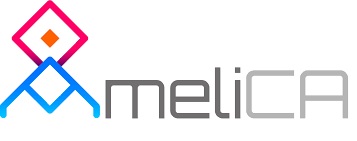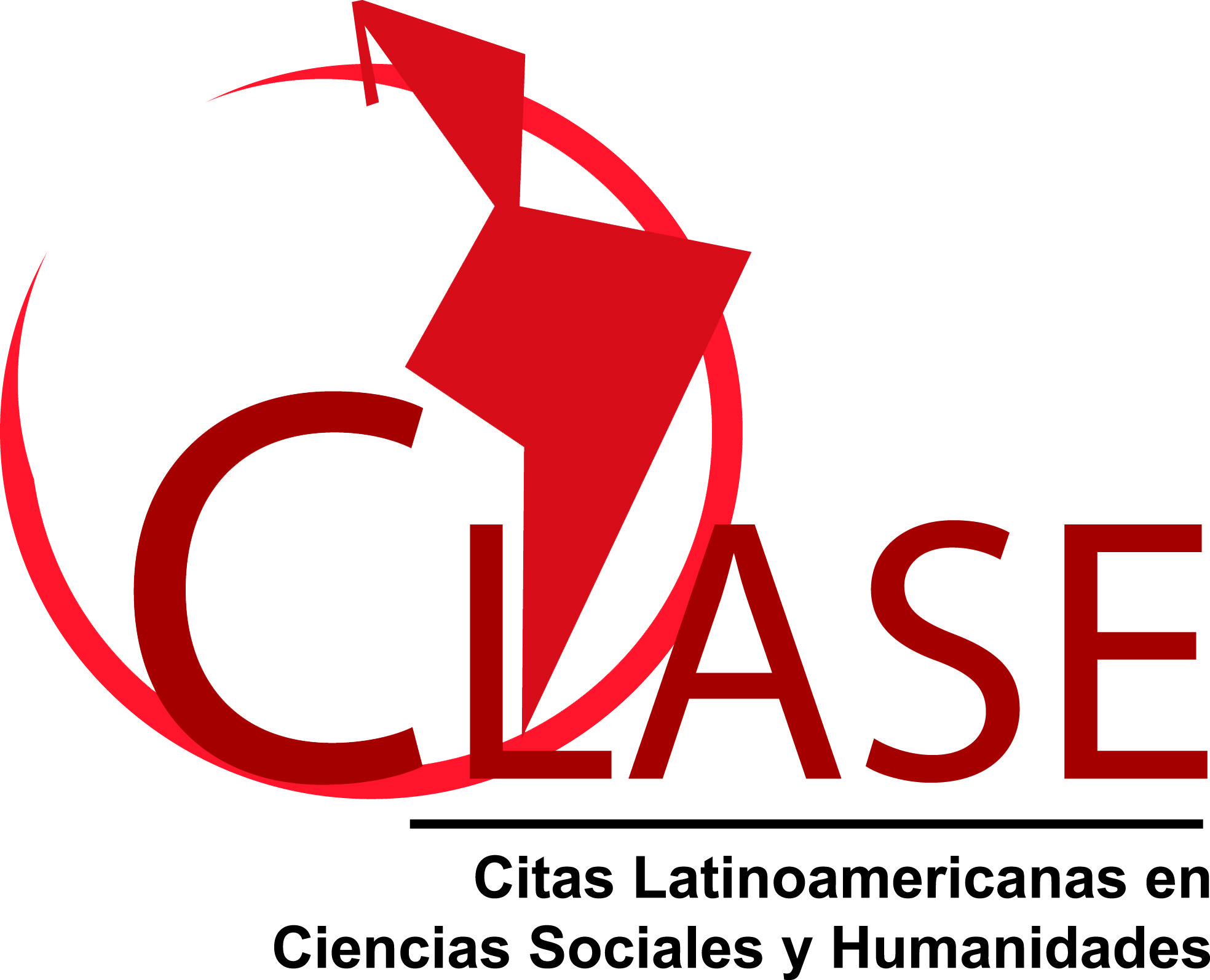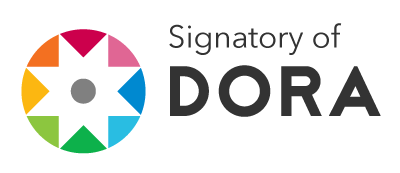Standards for evaluators
General aspects:
- A first review is carried out by the editorial director in conjunction with the editorial committee, with the intention of determining whether the article submitted complies with the editorial standards and is within the thematic areas of interest for publication in the journal, applying in this instance the detection of plagiarism by means of specialized software. If the article submitted does not comply with the above, it will be returned to the author (either for refusal before refereeing, corrections before refereeing or to recommend another journal according to the subject matter).
- The editorial process from receipt to the refereeing verdict to the author(s) by the journal will take a maximum of 10 weeks, provided that there are no external conditions that may affect the indicated periodicity, for which the author(s) will be informed in a timely manner about the novelty.
- All manuscripts will be reviewed anonymously. Authors should suggest three possible reviewers they consider suitable to evaluate their work (the Revista Multidisciplinaria Perspectivas Investigativas (RMPI) is not obliged to send them for arbitration), clearly indicating their name and e-mail address. Likewise, authors may indicate any person who, for different reasons, they do not wish to see involved in the review process of their work.
Evaluation procedure:
- The evaluators will have a period of 30 continuous days, from the reception of the article, to send to the Director - Editor, the evaluation report of the same. The Director - Editor will send this report to the author within a maximum period of 5 continuous days.
- The work of the evaluators is strictly confidential. The journal is not responsible for the performance of the reviewers, who are completely autonomous.
- For the arbitration of articles, double-blind peer review will be used, where the reviewers do not know the identity of the authors of the articles, and the authors do not know the identity of the reviewers.
- Originality, pertinence, style and contributions to the field will be evaluated.
- The evaluators will use the instrument proposed by the journal to evaluate the article.
- Articles are refereed and classified in the following categories: Approved, Approved with modifications and Not Approved.
- The Editorial Committee will have the discretion to decide what is not covered by the editorial rules.
















